38 Fun Facts About Animal Cell
Animal Cells for Kids (Explained!) - CoolaBoo - Education Site A definition of an animal cell is a cell that has both organelles and a nucleus that are contained in a membrane that is flexible. This membrane is the important factor for the diversity of animal types throughout history and to freely move and form structures that are complex. Vacuole Facts (All You Need to Know!) - CoolaBoo ... In animal cells the main job of the vacuole is in getting rid of waste. When dead materials or poisons enter the cell area, it's the vacuoles that will excrete them for the safety and health of the plant or animal. Interesting Facts about Biology Carbohydrates play an important part in making sure that our cells get the energy that is needed.
Animal Cells Facts - Did You Know - Facts Here are some interesting facts about animal cells. Self sufficient: An animal cell is self sufficient. It means it can manufacture all it needs for its construction. For instance, Golgi complex, an organelle in animal cell produce cell membrane. Similarly, all required components are produced by the cell itself.
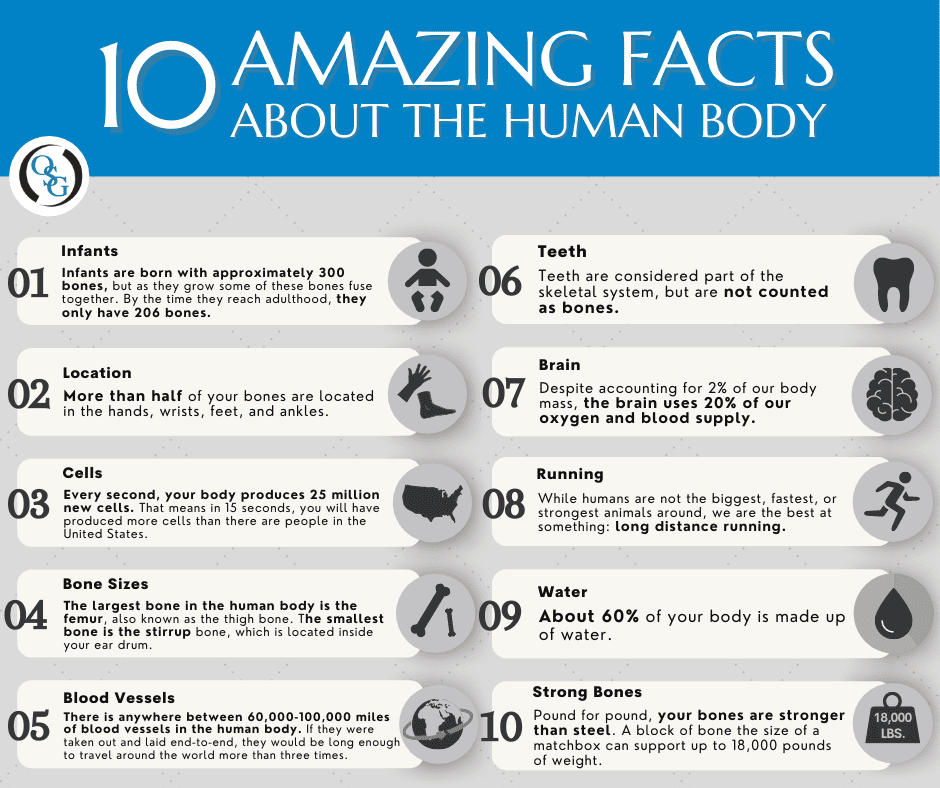
Fun facts about animal cell
20 interesting facts about animal cells - Brainly.in Random Interesting Facts About Animal Cells Here is a list of some random information on animal cells that will leave you amazed by the time you're done reading the last sentence of this article. Here we go! Animal cells are nano chemical factories that are completely self-sufficient! The cells themselves manufacture everything that constitutes ... Interesting Facts About Mitochondria-Structure and Functions These organelles are found both in both animal cells and plant cells by producing energy for the cellular activities. Fact-No-03 Like ribosomes, these cell organelles are also able to produce or manufacture proteins, which are required for the production of ATP molecules, an energy currency of the cell by the breakdown of sugar molecules. Fun Facts - The Cell Theory - Google Search Fun Facts. DID YOU KNOW... 1. One human cell contains 46 chromosomes, however, some humans have 47 chromosomes. This is diagnosed as Down's Syndrome. 2. Eukaryotic cells are ten times larger than prokaryotic cells. This is because a Eukaryotic cell has a nucleus, while a prokaryotic cell does not. ... Animal cells do not have chloroplasts. ...
Fun facts about animal cell. Ten Facts About Cells and Cell Function - ThoughtCo Cells that make up animal tissues are sometimes woven together with extracellular fibers and are occasionally held together by a sticky substance that coats the cells. Different types of tissues can also be arranged together to form organs. Groups of organs can in turn form organ systems . Varying Life Spans Vacuole Facts - Biology Wise It is found in fungal cells, all plant cells and some types of bacteria, protists and animals. Considering the contents of vacuoles, they are often termed as fluid-filled compartments, but solid particles are also isolated. The fluid like substance that fills the vacuole in plant cells is called cell sap. Shape and Size of Vacuoles 100+ Fun Facts About Animals That Will Blow Your Mind ... Here are some fun facts about animals that will most likely blow your mind: 15,000-20,000 new animal species are discovered every year. A butterfly has about 12,000 eyes. Tigers have striped skin, not just striped fur. Jellyfish are made up of 95% water. Polar bears touch noses with one another when they greet each other. Cell Facts - Facts Just for Kids 23 Cell Facts for Kids. Cells are the smallest biological unit of life found in all organisms. Cells are sometimes referred to as the "building blocks of life". Between 1632 and 1723 the first protozoans and bacteria were observed by Antonie van Leeuwenhoek. In 1665, Robert Hooke first observed cells by looking at cork under an early ...
Biology for Kids: The Cell Fun Facts About Cells They were discovered by the scientist Robert Hooke. One of the largest known cells is the ostrich egg which can weigh over three pounds. When many cells of the same kind are together in a group, it's call tissue. The word cell comes from the Latin word cellula, which means small compartment. Six facts about eukaryotic cells - KScience Six facts about eukaryotic cells. Eukaryotic cells have a membrane -bound nucleus. Animal cells and plant cells are eukaryotic. Eukaryotic cells have many organelles that perform functions within the cell. Some organelles are big enough to be seen with a light microscope. An electron microscope is needed to see all organelles in detail. 100 Greatest Animal Facts That Will Blow Your Mind - Fact ... The imploding bubble for split seconds also generates temperates of 4,400C, nearly as hot as the sun, killing it's prey. 1 2. Flamingos are not pink. They are born grey, their diet of brine shrimp and blue green algae contains a natural pink dye called canthaxanthin that makes their feathers pink. Interesting facts - Cell Organelles Interesting Facts. Organelles are fun! Here you will learn interesting information about some of the organelles. Button Text. ... The cell wall prevents the cell from bursting during osmosis. Some proteins in the cell membrane act as pores or proteins. ( ) Golgi apparatus receives material from the endoplasmic reticulum.
25 Interesting Facts About Golgi Apparatus and Its ... #1 The Golgi apparatus (GA), also referred to as Golgi body or the Golgi complex, is an organelle that is found in most eukaryotic cells. It is made up of a series of flattened, stacked pouches called cisternae. #2 It is the seat of glycosylation of a number of secretory products of the cell. Interesting Animal Cell Facts With their Examples and Uses Animal Cell Facts 1. Lack of nucleus Animal cells are eukaryotic and have a prominent nucleus. But, interestingly not all the cells have a nucleus in them. For example, red blood cells have no nucleus. Hence, they are called red blood corpuscles instead of cells. What Are Some Facts About Animal Cells? - Reference.com An important fact about animal cells is that they are eukaryotic cells. Although plant and animal cells are both eukaryotic, animal cells have different organelles and are smaller than plant cells. An organism can be composed of up to trillions of animal cells, with hundreds of different types and functions. Plant Cell Facts - Facts Just for Kids An animal cell has an irregular shape while a plant cell has a rectangular shape. Plant cells are typically larger than animal cells. An animal cell can have a size between 0.01 and 0.03 millimeters while a plant cell can have a size between 0.01 and 0.1 millimeters. Pictures of Plant Cells A picture of a plant cell under a microscope.
80 Interesting Cell Facts You Should Know - Facts Legend Interesting Cell Facts: 1-5 1. Everything that has life - from humans to plants to animals to birds to microorganisms - everything is made of cells. Some living organisms can be single-celled while some are multicellular. For example, bacteria are single-celled organisms while trees, birds, animals, humans - they are all multicellular organisms. 2.
q6-list-the-major-differences - Lido Learning
Facts About Animal cell - Introduction and 20 Facts About ... Fact 1: In general, animal cells are eukaryotic which means they have a nucleus. Not all animal cells do have a nucleus, however. The red blood cells, for example, do not have a nucleus since the cells do not need to replicate in meiosis or mitosis, they do not need a nucleus.
The Interesting Facts About the Animal Cell and Its Organelles Fact - 1 Animal cells are generally smaller than plant cells. It is irregular in shape and is mainly because of the absence of the external wall, called the cell wall. Fact - 2 A group of cells forms a tissue, which in turn form organs and the organ system. Fact - 3
Top 10 Plant Cell Facts - Complete Plant Cell Facts Also Read: All About Animal Cell Some Interesting Fun Plant Cell Fact for Kids FACT #1. One of the coolest things about plant cells is that plant can not make their food without plant cells and their features. FACT #2. Chlorophyll is the part of the plant cell that can trap that energy. FACT #3.
60+ FUN Animal Trivia Questions for 2022! It's long been believed that Komodo dragons use the bacteria in their mouths as venom, but in fact, they do have venom glands and produce venom themselves that causes you to bleed a lot and stops blood from blotting. Why do chameleons change the color of their skin? Answer: Mostly to regulate temperatures and to communicate with other chameleons.
12 Amazing Cell Membrane Facts For Kids - Kidadl These parts of the cell are responsible for deciding what goes in and out of their cell. This is a very important job, and the cell membrane is made up of lots of complex parts that make sure everything goes smoothly. Learn more about these incredible features with our 12 amazing facts about cell membranes.
33 Interesting Facts About Nucleus and Its Functions ... #27 The nucleolus begins to reassemble in telophase and disassembles at the beginning of mitosis. Chromosomes #28 Chromosomes are thread-like structures that are located inside the nucleus of plant and animal cells. #29 Each chromosome is made up of DNA which is tightly coiled numerous times around histones (proteins) which support its structure.
Cell Nucleus Facts: 95 Facts to Excel In Your School! In animal cells, the Cell Nucleus is located more or less towards the center of the cell. However, this is not the case during cell reproduction or cell division. During cell division, the nucleus sits in an off-center position. 25. In plant cells, the Cell Nucleus is more or less towards the border of the cell.
Information About Animal Cells - Biology Wise Here's a basket of random interesting information about animal cells that you'll love reading! Before we embark upon our journey towards unveiling sundry interesting facts about animal cells, let's learn a few details about cells in general. Broadly, cells can be classified under two categories - prokaryotic cells and eukaryotic cells.
(Euglena Facts) - 10 Fascinating Facts About Euglena In Detail Euglena lacks a cell wall, instead, it has a pellicle. Yes, the cell wall is absent in Euglena. This gives it the animal-like classification. Instead, the pellicle layer is present on the cell surface of Euglena just beneath the cell membrane. This layer is made up of protein layers of microtubules, arranged in strips spiraling around the cell.
Fun Facts - The Cell Theory - Google Search Fun Facts. DID YOU KNOW... 1. One human cell contains 46 chromosomes, however, some humans have 47 chromosomes. This is diagnosed as Down's Syndrome. 2. Eukaryotic cells are ten times larger than prokaryotic cells. This is because a Eukaryotic cell has a nucleus, while a prokaryotic cell does not. ... Animal cells do not have chloroplasts. ...
Interesting Facts About Mitochondria-Structure and Functions These organelles are found both in both animal cells and plant cells by producing energy for the cellular activities. Fact-No-03 Like ribosomes, these cell organelles are also able to produce or manufacture proteins, which are required for the production of ATP molecules, an energy currency of the cell by the breakdown of sugar molecules.
20 interesting facts about animal cells - Brainly.in Random Interesting Facts About Animal Cells Here is a list of some random information on animal cells that will leave you amazed by the time you're done reading the last sentence of this article. Here we go! Animal cells are nano chemical factories that are completely self-sufficient! The cells themselves manufacture everything that constitutes ...

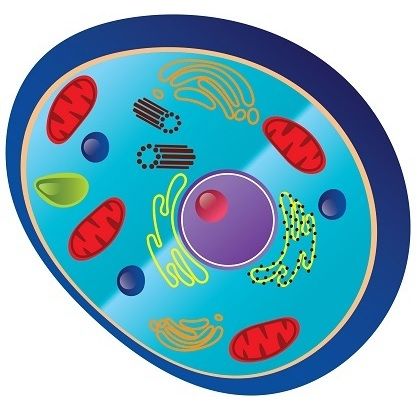
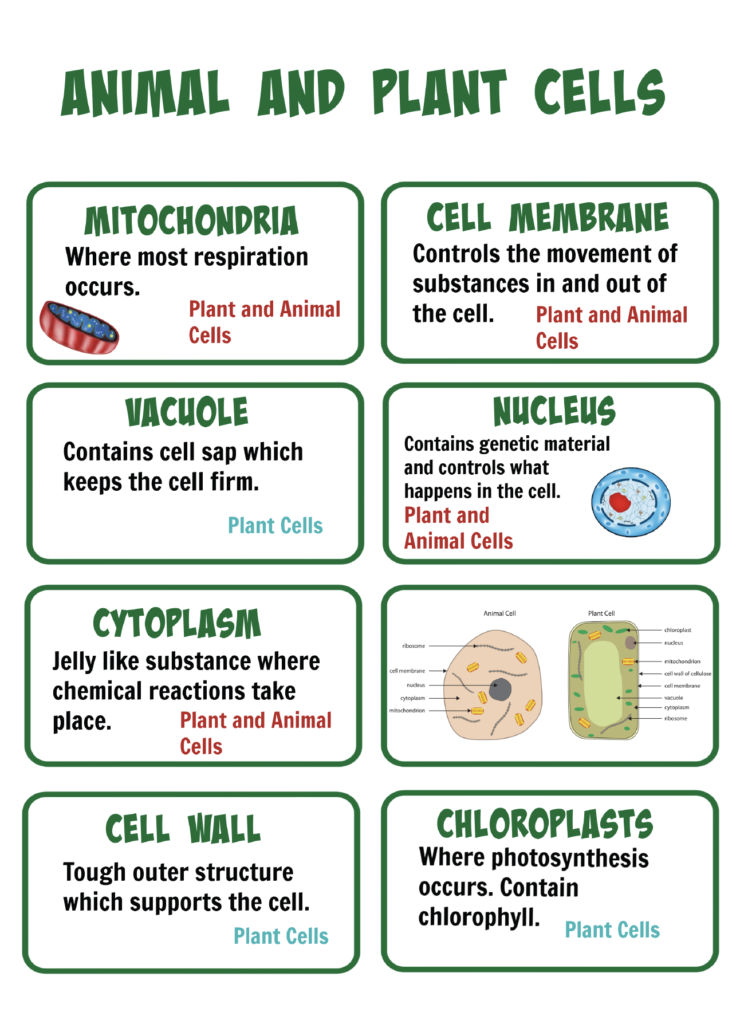



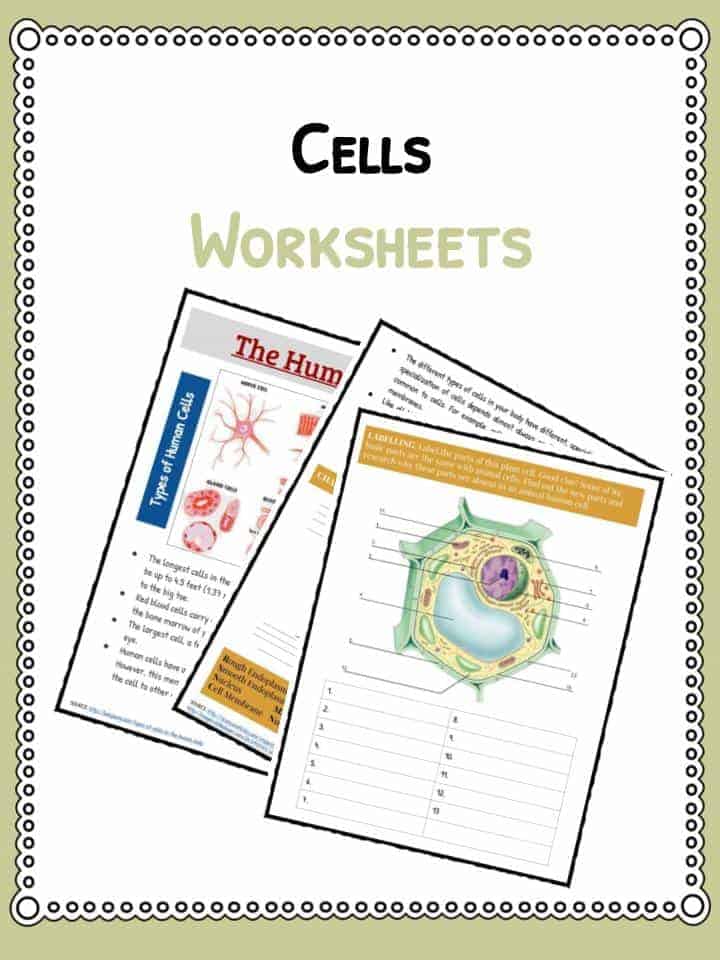




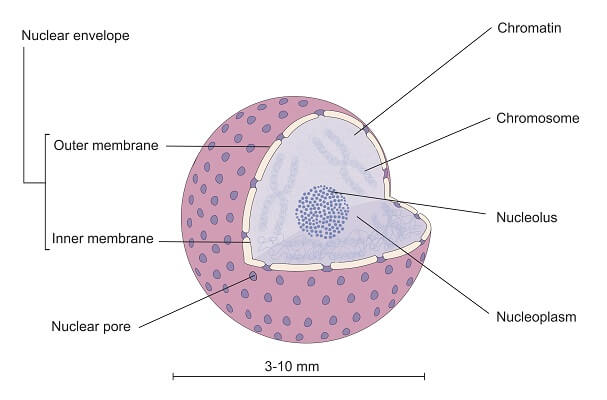


/cell-membrane-373364_final-5b5f300546e0fb008271ce52.png)



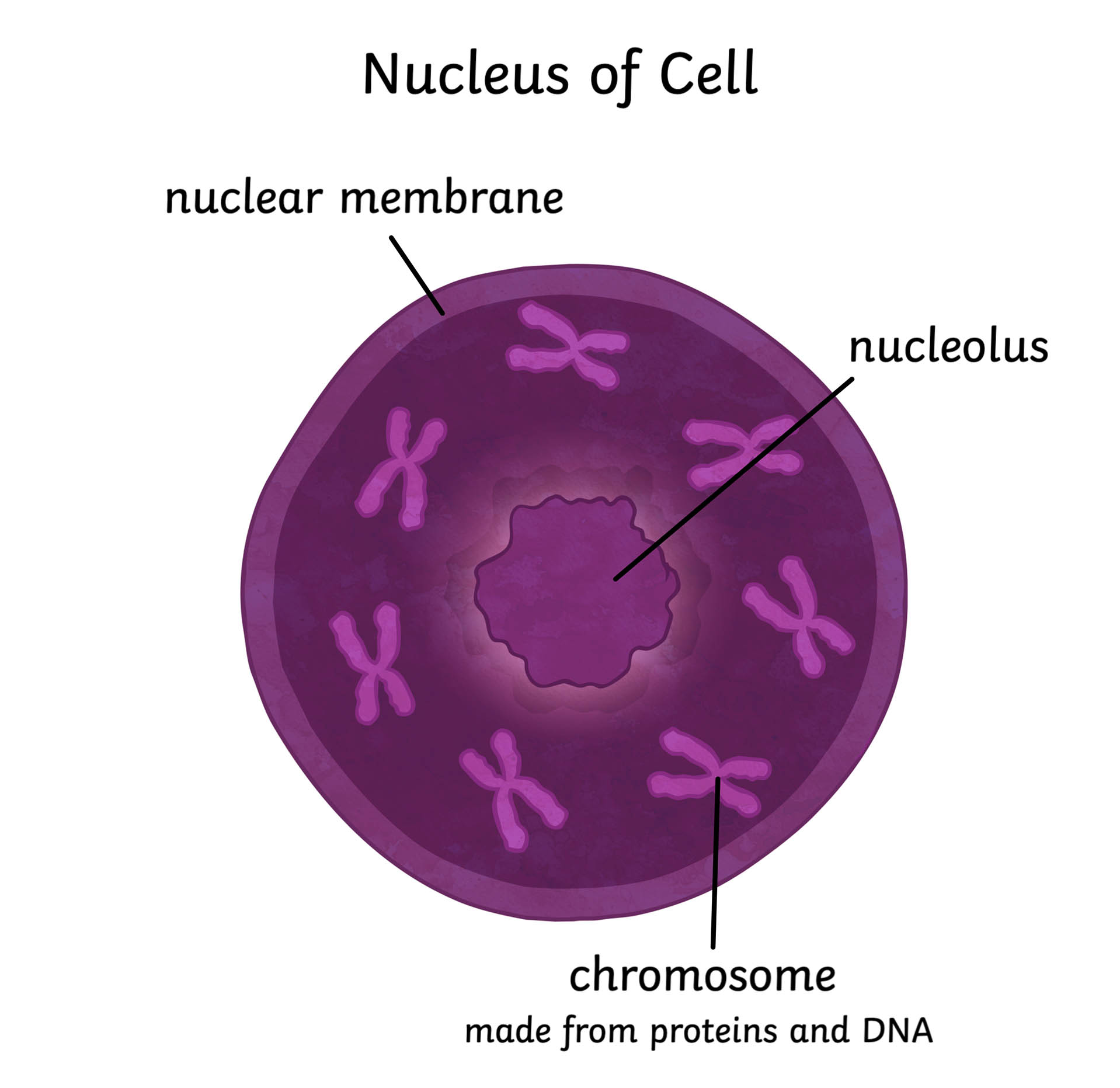
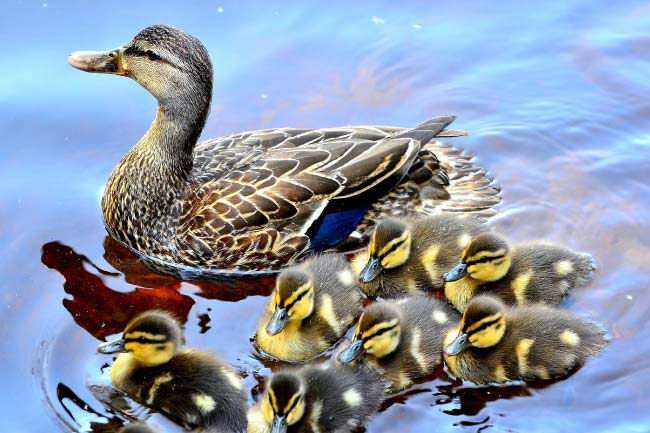
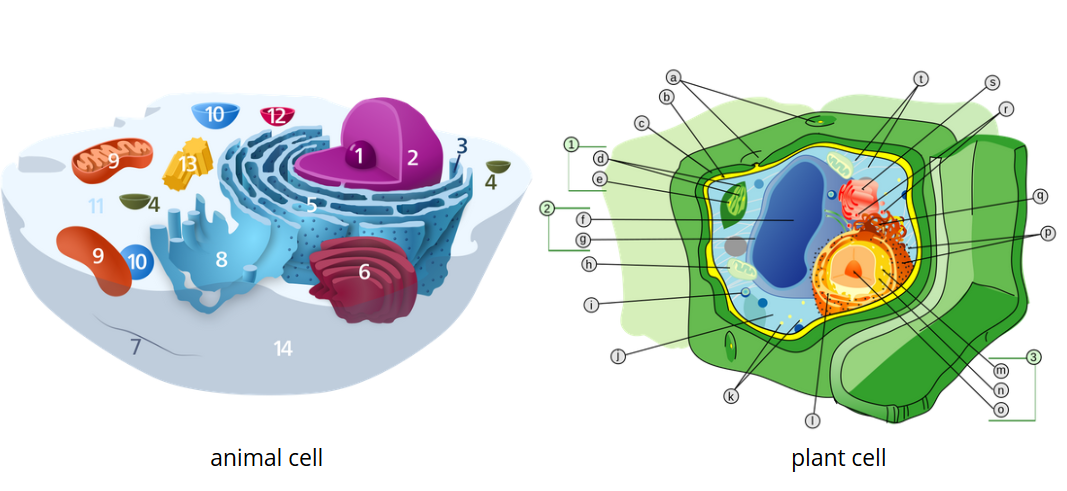

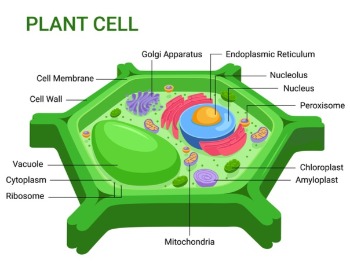



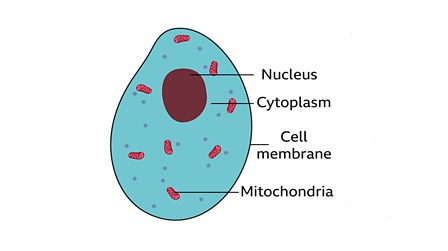

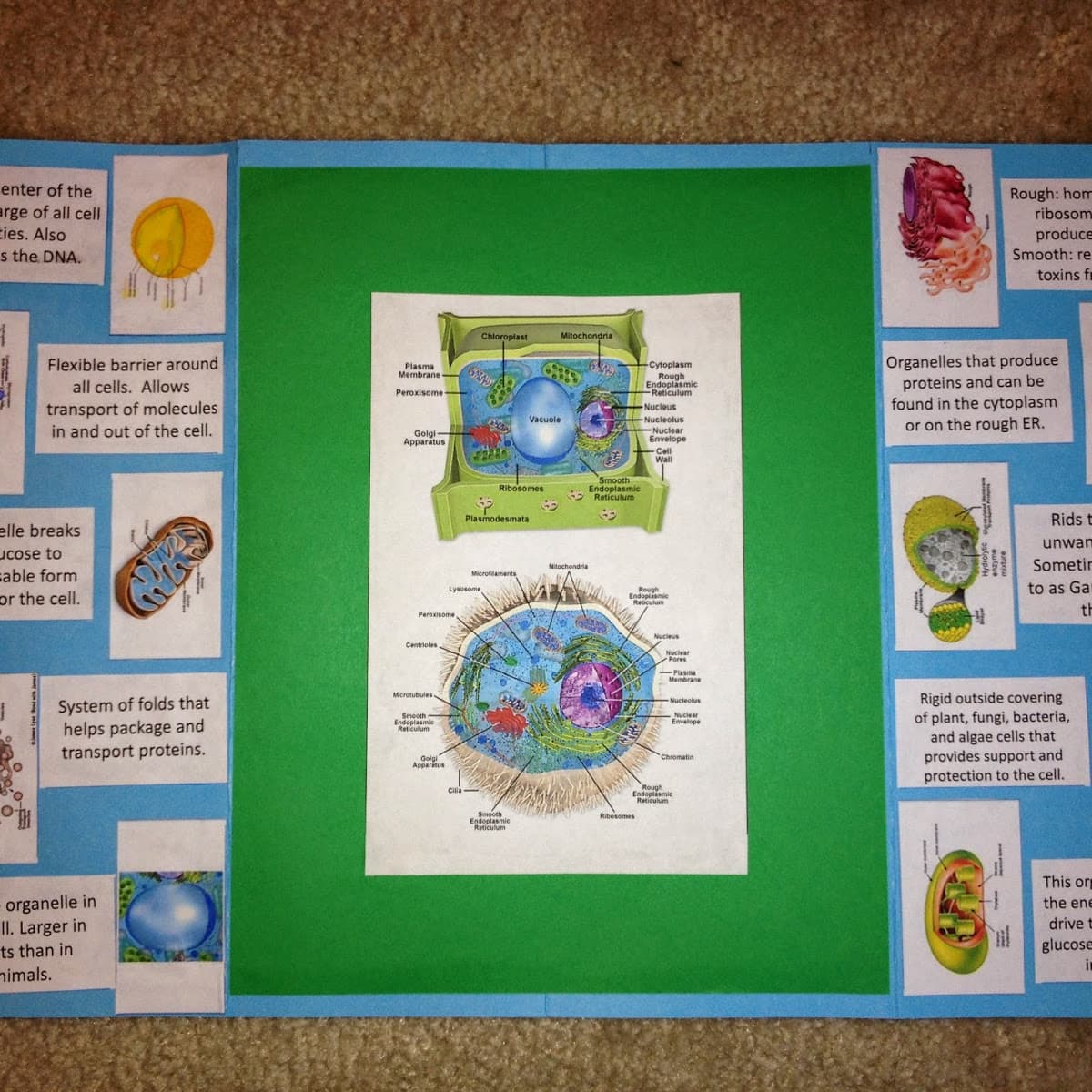
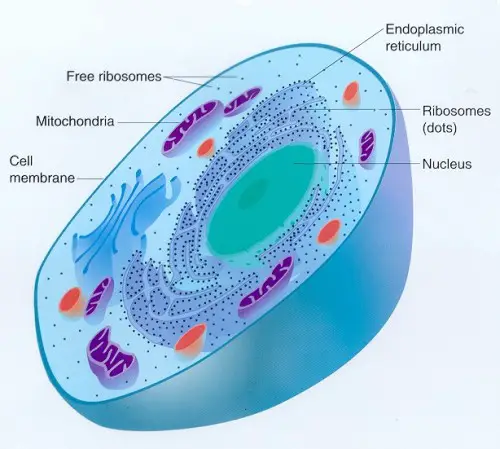

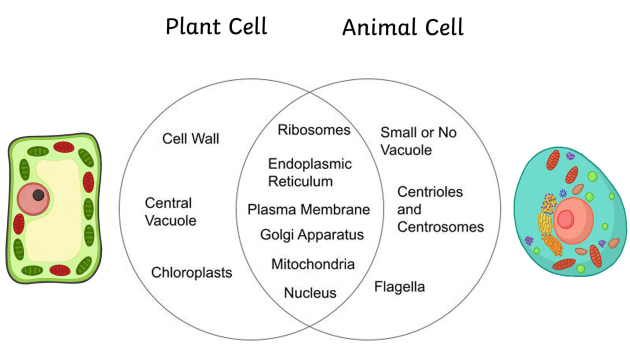
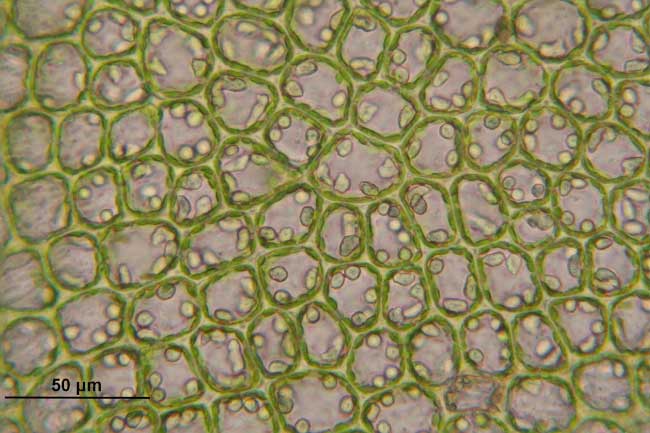
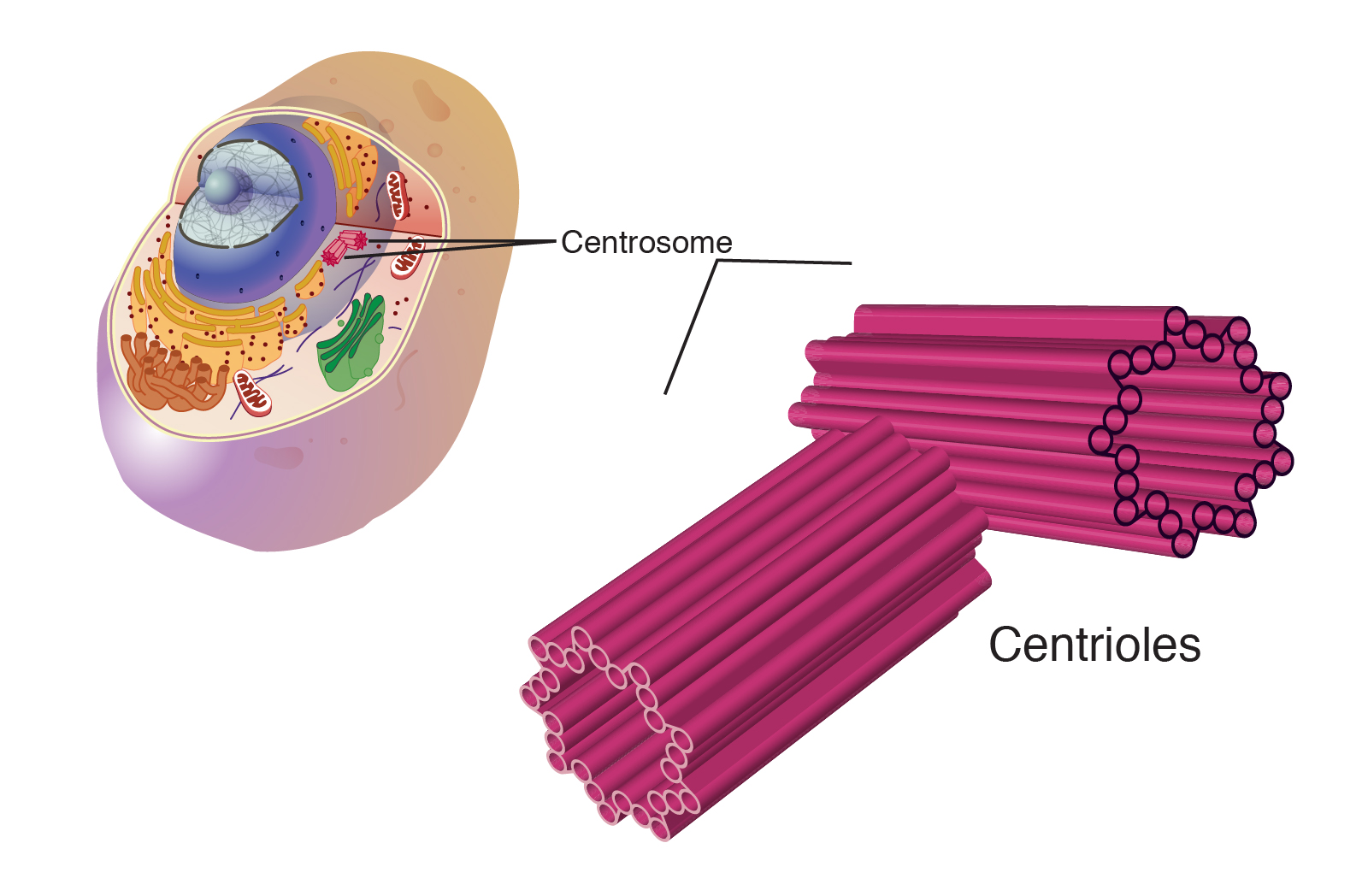
0 Response to "38 Fun Facts About Animal Cell"
Post a Comment